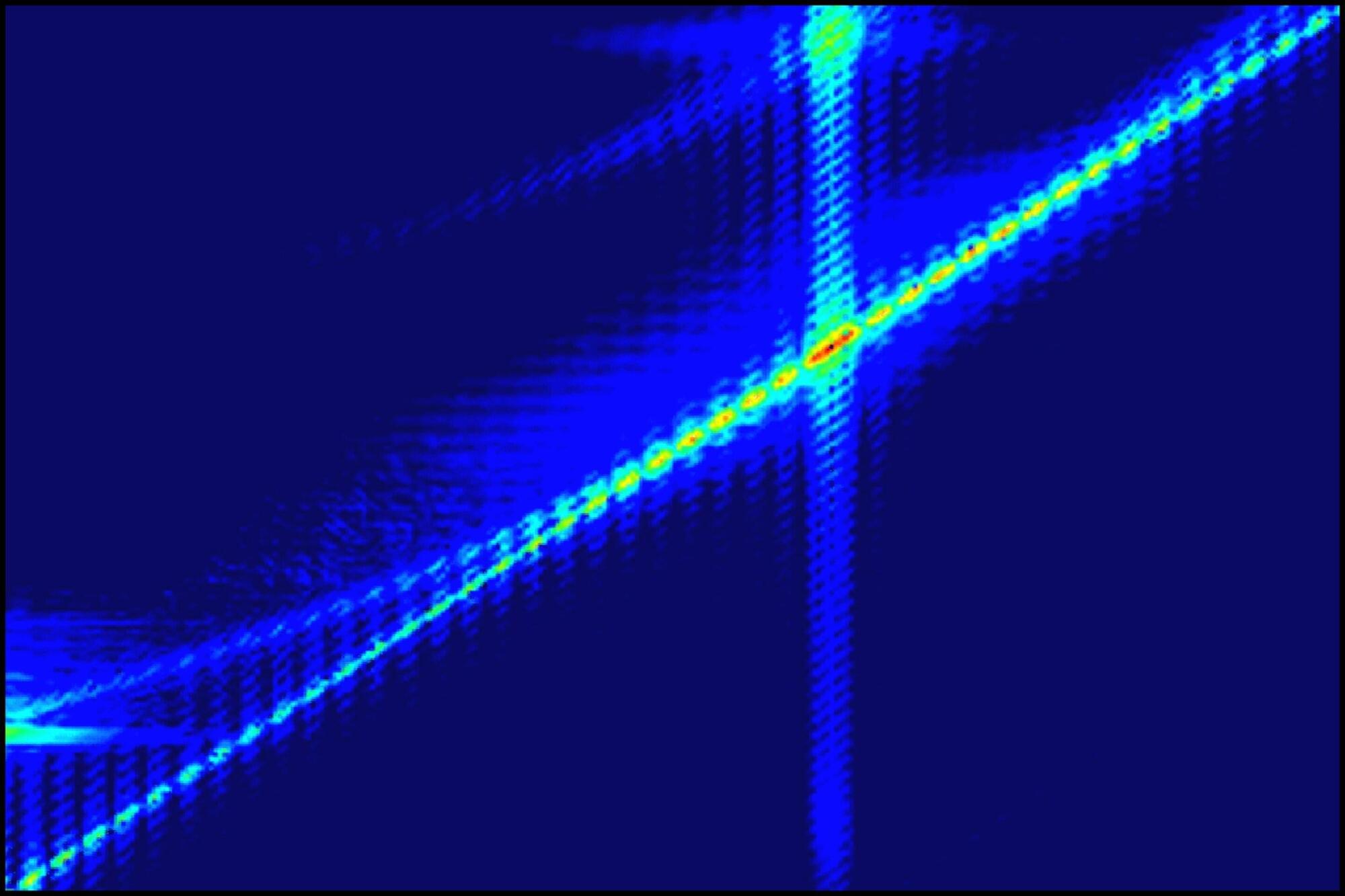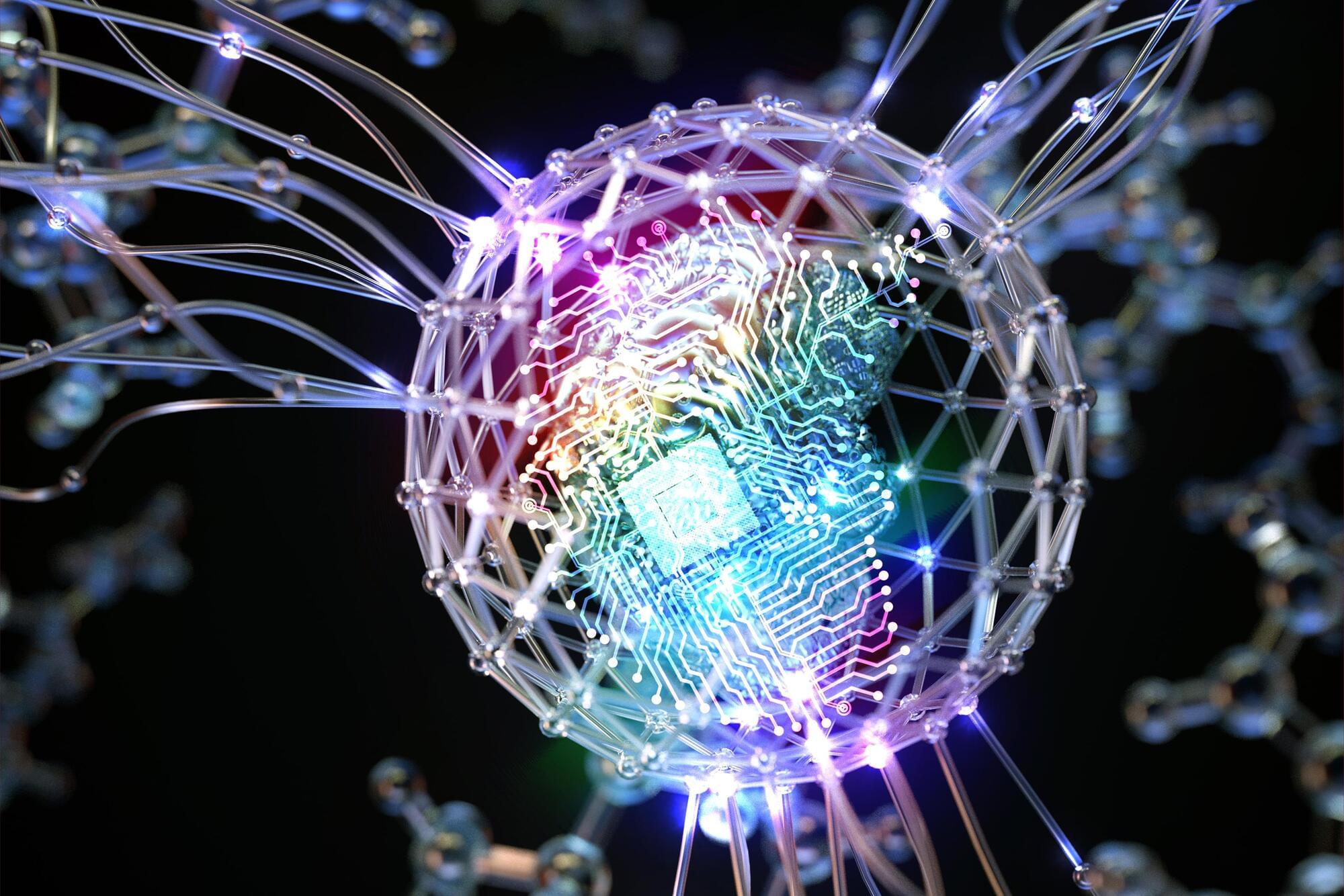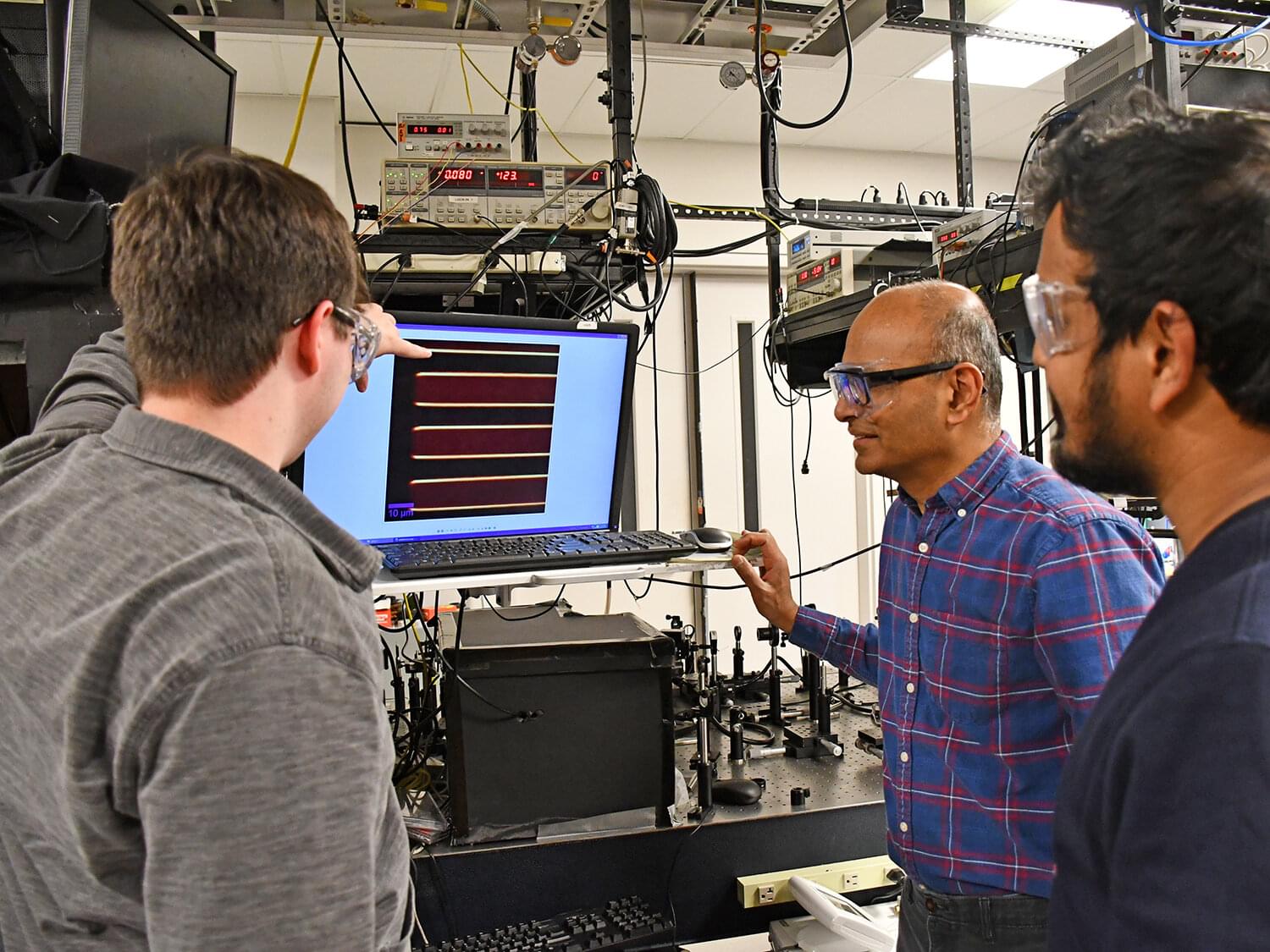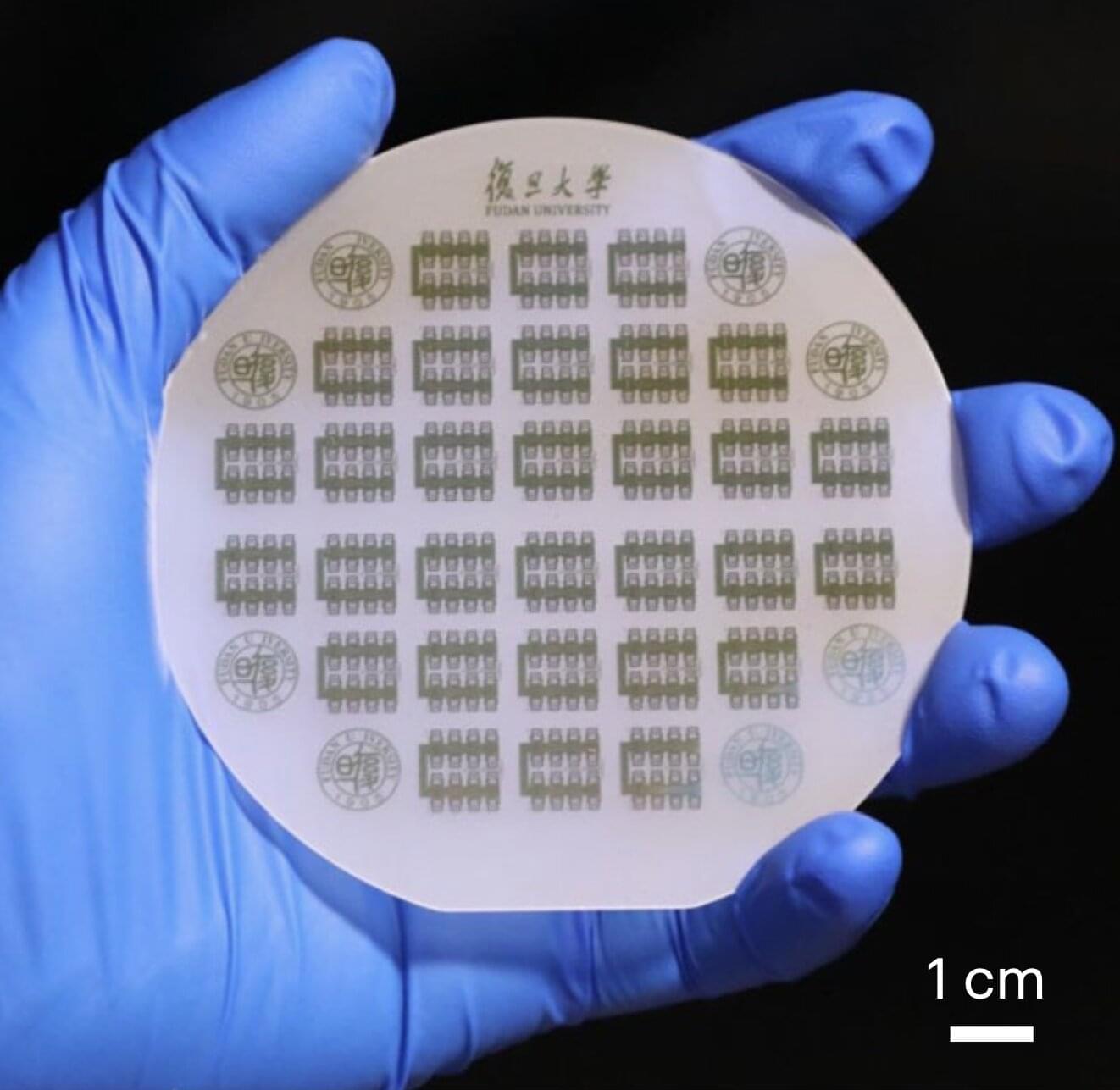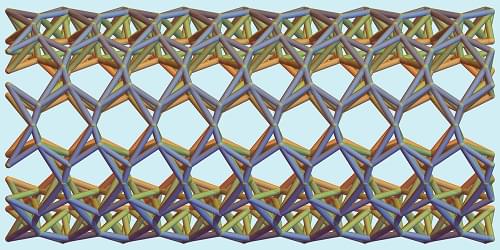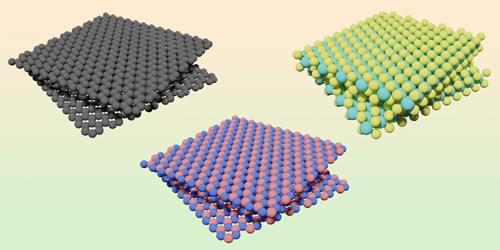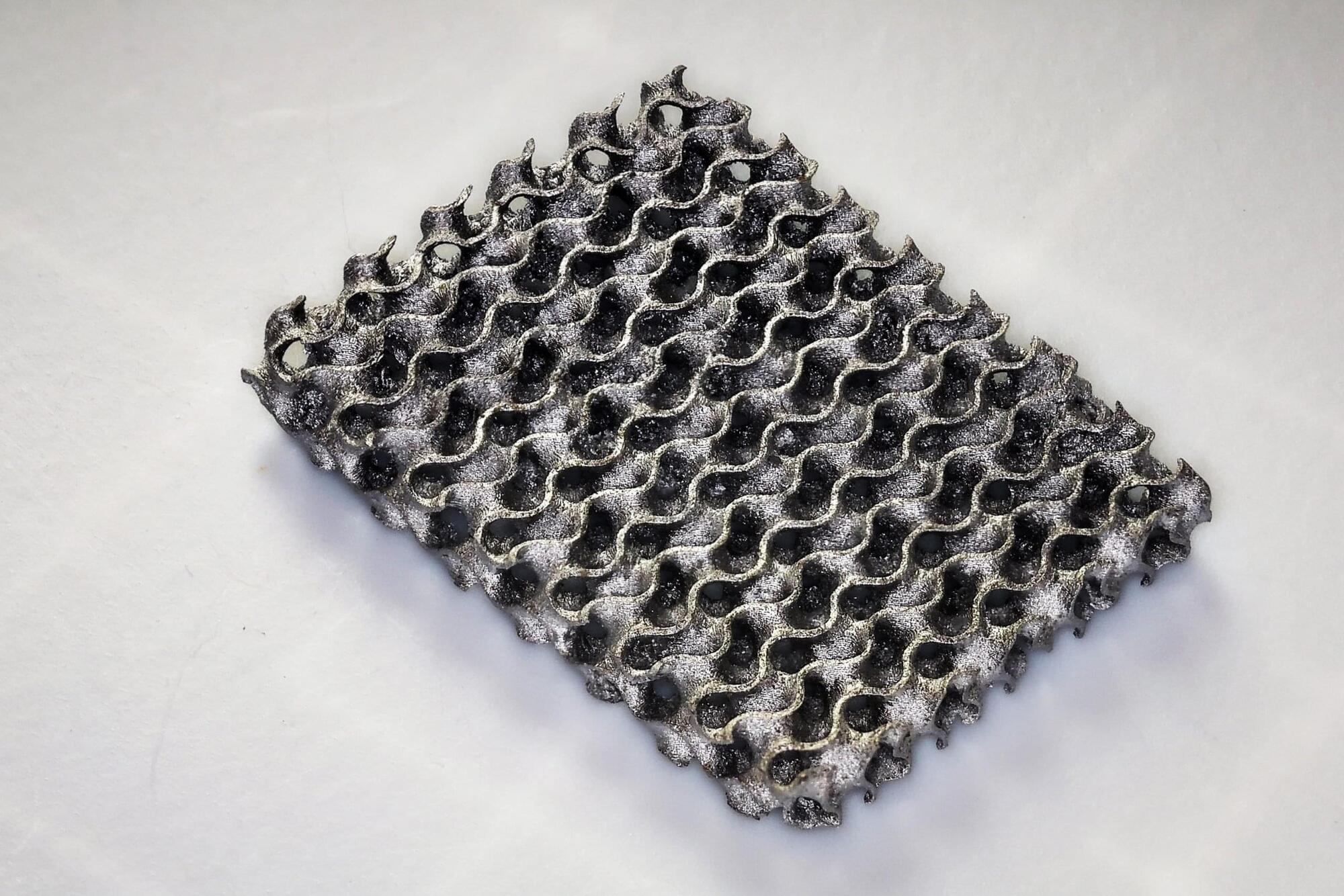Spin waves are considered to be promising candidates for a new form of electronics. Instead of electrons, the focus here is on magnons. These quantized units of spin waves describe how spin precession propagates. Similar to electrons, magnons can transmit information in a conductor. However, they do so with much lower resistance and thus a fraction of the energy consumption.
At TU Braunschweig, the Cryogenic Quantum Electronics working group, together with international partners, has now set a new record for the wavelength of excited propagating magnons. The researchers led by Professor Oleksandr Dobrovolskiy used another quasiparticle, fluxons, to excite the spin waves. The team collaborated with partners from Huazhong University of Science and Technology in China, Goethe University Frankfurt am Main, the University of Vienna and the University of Bordeaux.
“Fluxons move as magnetic flux quanta of a superconductor at speeds of up to 10 kilometers per second. We succeeded in using the ultra-fast fluxons to excite a spin wave in a neighboring magnet,” explains Dobrovolskiy. “This effect can be imagined as similar to the bow wave created by a speedboat in water. Except that our boat is so fast that it literally creates a kind of sonic boom.”
